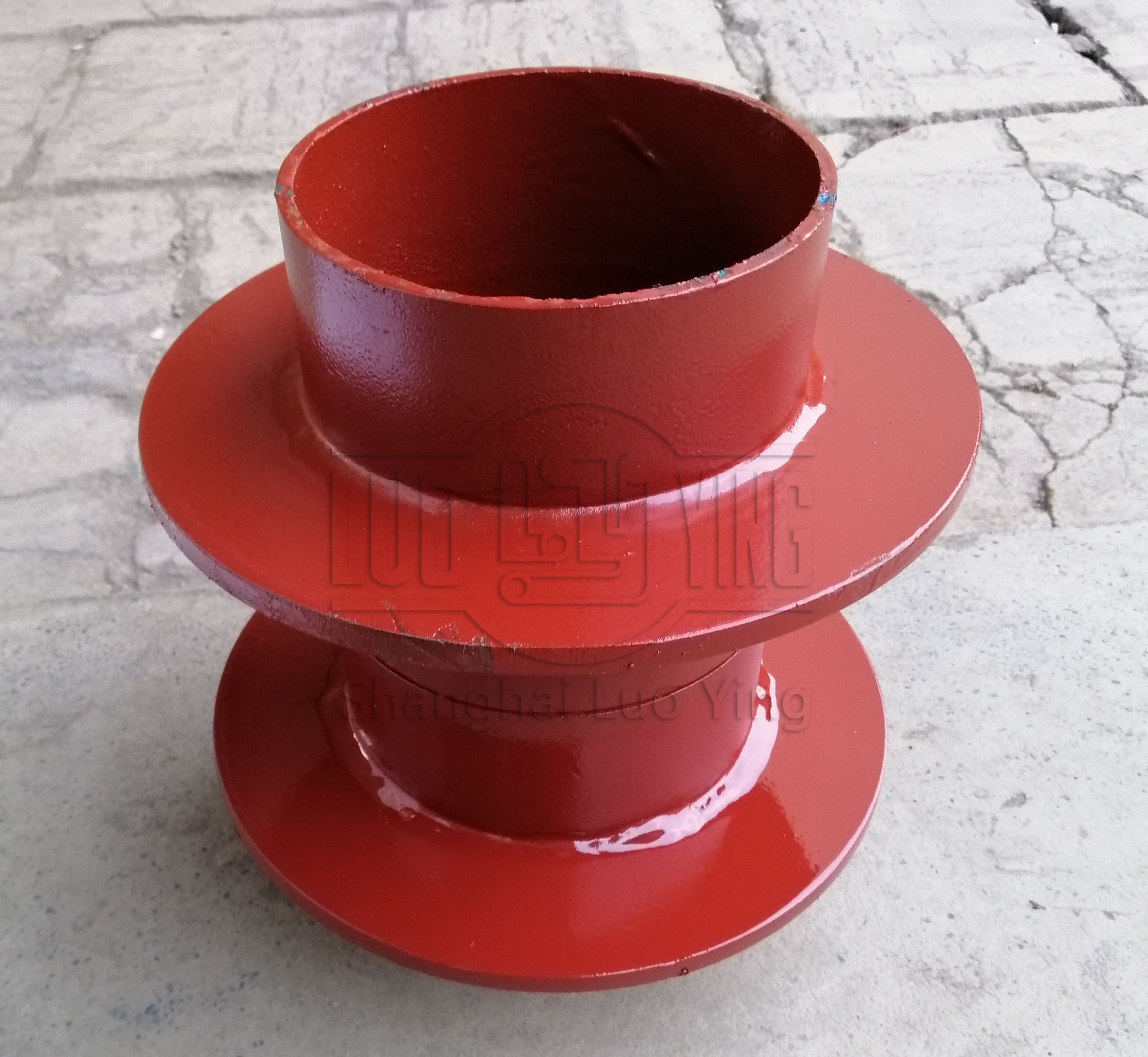How to solve the anti-corrosion problem of waterproof steel casing?
Nov-22-18
Waterproof steel casing coating anti-corrosion: using paint uniformly and densely coated on the surface of the metal pipeline that has been descaled to isolate it from various corrosive media is one of the basic methods of pipeline anti-corrosion. Laying pipelines in harsh environments such as bases and oceans, as well as heating and transporting oil products that increase the temperature of pipelines, etc., puts more demands on the performance of the coating. Therefore, pipeline anti-corrosion coatings are increasingly made of composite materials or composite structures. These materials and structures should have good dielectric properties, physical properties, stable chemical properties and a wide range of temperature adaptation.Rigid waterproof casing
Which method should be used for anticorrosion coating of waterproof steel casing? We also have many solutions to the problem of anti-corrosion of waterproof steel casing. When it comes to the specific implementation, the anti-corrosion coating of waterproof steel casing is crucial, so which method should be used for anti-corrosion coating of waterproof steel casing?
Outer wall anticorrosive coating: the type of coating material and the conditions of use of the outer wall of the pipe. Inner wall anti-corrosion coating: In order to prevent corrosion in the pipe, reduce friction resistance, improve the volume of transmission and coated on the inner wall of the pipe film. Commonly used coatings are amine curing epoxy resin and polyamide epoxy resin, coating thickness of 0.038 ~ 0.2 mm. In order to ensure that the coating is firmly bonded to the pipe wall, surface treatment must be carried out on the inner wall of the pipe. Anti-corrosion and insulation coating: On the pipeline of hot crude oil or fuel oil transmission in medium and small ports, a composite layer of insulation and anti-corrosion is added to the outside of the pipeline in order to reduce the heat dissipation from the pipeline to the soil. The commonly used insulation material is rigid polyurethane foam, and the use temperature of this special material is -185~95℃. This material is soft, and to improve its strength, a high-density polyethylene layer is added outside the insulation layer to form a composite structure to prevent groundwater from penetrating into the insulation layer.


